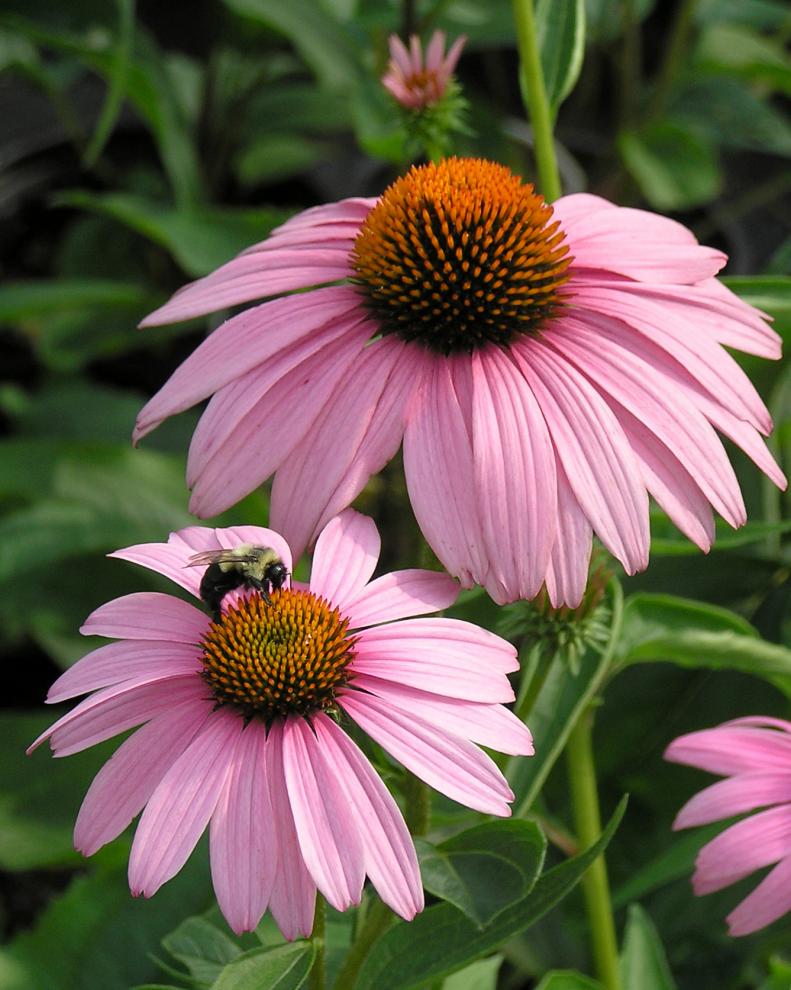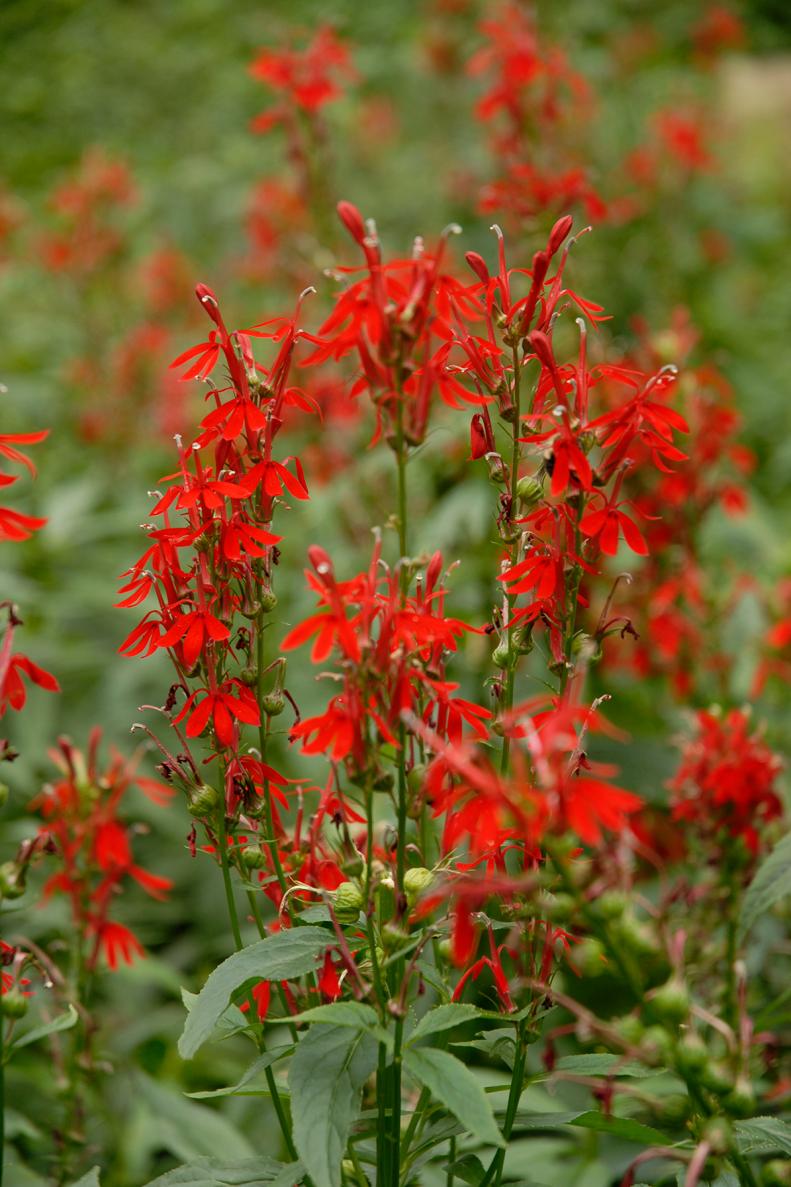1 / 12
Plains Coreopsis or Golden Tickseed (Coreopsis tinctoria)
Cheery yellow blooms sport a ring of russet around the center. Although this beauty thrives in full sun and medium moisture, well-drained soil, it also tolerates sandy, clay or rocky soil. Plants grow 24 to 48 inches tall and 12 to 18 inches wide. Flowers make an excellent addition to bouquets and butterfly gardens. Plains coreopsis self-sows readily to create drifts of color. Plants are hardy in Zones 2 to 11.









